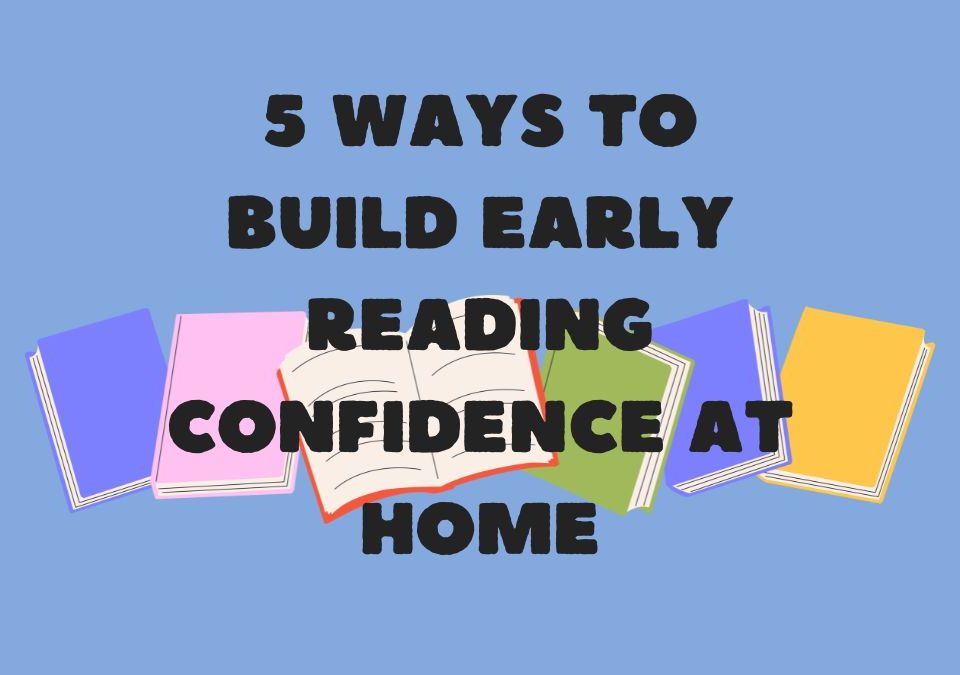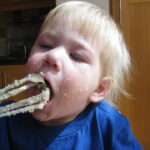
Nursery Rhymes: Pat a Cake, Pat a Cake
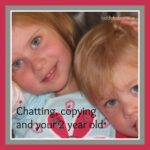
Chatting, copying and your 2 year old
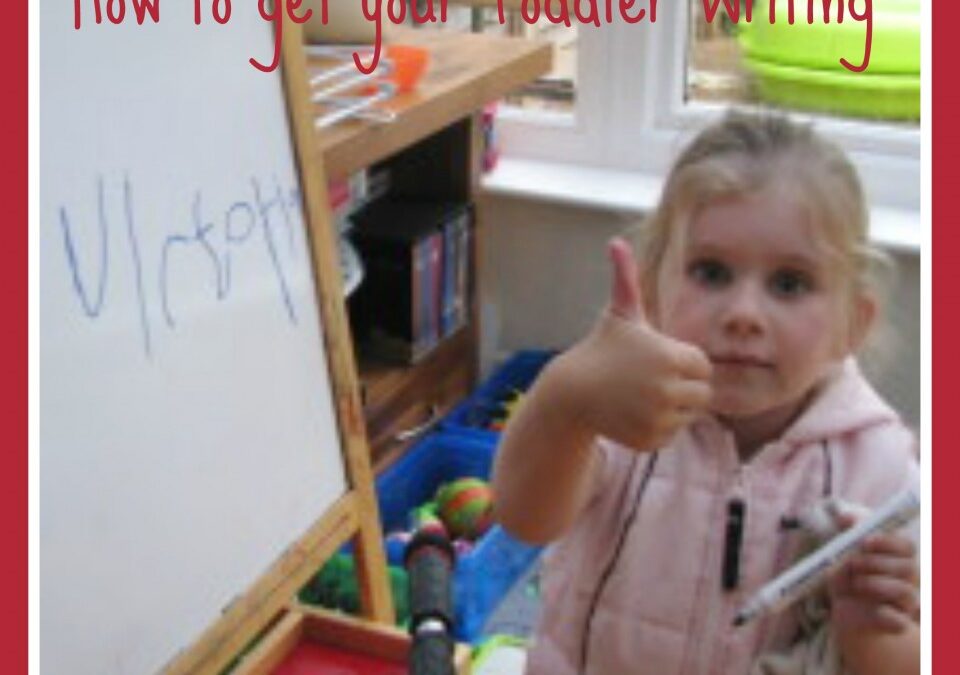
Help your child to learn the significance of writing. What it represents and means.
Writing is a series of symbols. Children are able to memorise and recognise letters as they do with pictures and objects. There are many ways in which this can be made part of their lives and normal day to day activities. A few simple household items and a few spare minutes are all you need to create a writing environment for your child.
Here are some ideas to get you started.
- Trace writing: use photocopies or write large letters on paper and have your child trace over them with fingers or crayons
- Tactile trays: Find some shaving foam, sand, flour or paint: Use these household products. put them into trays. Have your child draw or write the letters you show them in the sand, paint etc using their fingers. You can extend this later by providing a stick or brush for letter forming.
- Tactile letters: Get some play dough, sandpaper or cotton-wool: Make your own tactile letters by sticking items onto card letter shapes or on laminated letters, you could include pasta shapes and rice or other interesting textures .
- World words: be on the lookout for words in your environment. On posters and signs allow your child to trace the letters. Take the time to photograph some of them and put them in a book. Have the child copy the letters onto paper or in their tactile tray.
- Read: point out words in books that you read with your child or better yet, make a book with your child. Put pictures of their daily activities in it and have them narrate what you need to write under each picture. Use a yellow felt tip and have them trace over the yellow writing in another darker colour as if they are writing the story.
- Object labelling: label things around the house. Hand write or type and print labels for the objects in the house. Particularly the objects they use and which are relevant to them.
- Create a writing space. Set aside an area with a variety of writing implements (crayons, pencils, felt tips, chalk etc) and paper, notepads, lined, plain and coloured paper in various sizes. Allow your child to experiment with mark making and pretend play of taking your food order, writing a grocery list and being the teacher. If you have a chalkboard or whiteboard make it available with the appropriate markers.
As always with young children, this should be fun and playful. Repeat often and for short persiods of time. Don’t try to do a sit down lesson. There is time enough for that when they get to primary school.
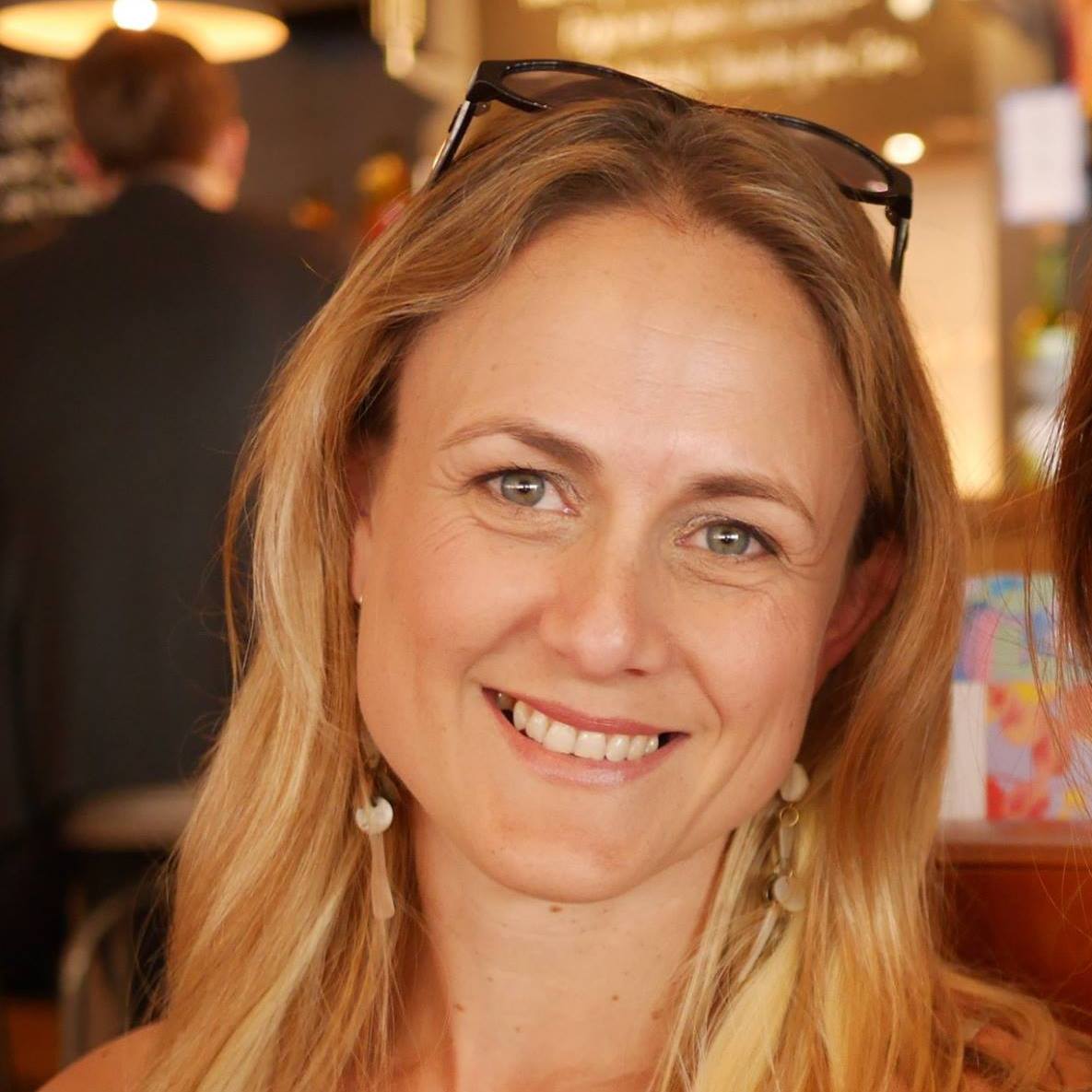
I am a preschool and primary school teacher and mum to 3 children. I have been involved in education since 1997 and have trained in a variety of educational specialist areas. It is with this expertise that I write articles to help parents and educators provide quality learning experiences for the children in their care.


